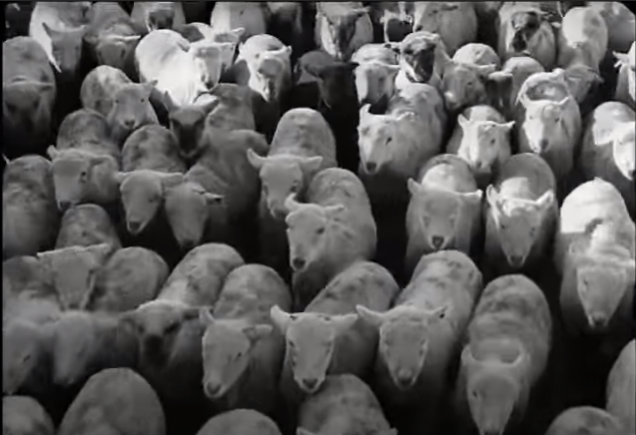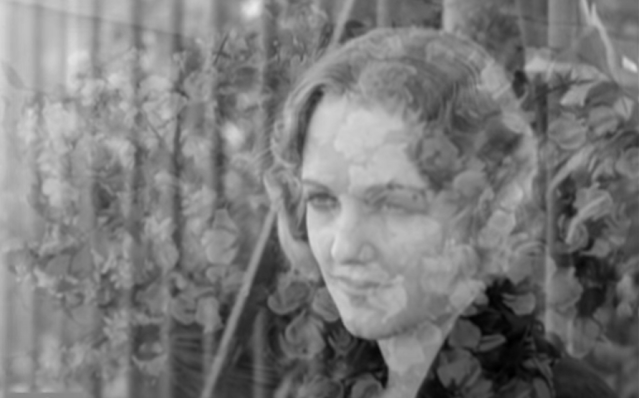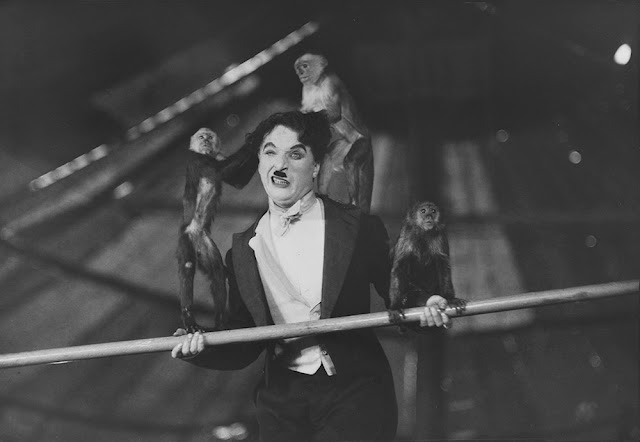Modern Times (1936)

Charlie Chaplin’s “Modern Times” In 1927, Alan Crosland released the first sound film with The Jazz Singer. By 1931, most of Hollywood had transitioned to making primarily sound pictures. Writers from all over the country began to migrate to Southern California to participate in the exploding industry that would be come to known as the world’s stage for films. In 1931, Charlie Chaplin released what many people thought would be his final sound film, City Lights. However five years later, Charlie attempted one last stamp on this forever remembered art form with his masterpiece Modern Times. Although, Modern Times is not totally a silent picture, as it does contain specific people talking and sound effects throughout. This film is told from the perspective of Chaplin’s most iconic character, the Tramp. It is through this perspective that the film is mostly silent. Sadly, this was the last time an audience was treated to the beloved Tramp, making his last appearance ever on film. After th




